Why Understanding Vodka Quality Matters More Than You Think
What is good vodka? Good vodka is characterized by its base ingredients, distillation quality, and water source, resulting in a clean, smooth spirit with subtle character rather than a harsh burn. Key indicators include:
- Base ingredients: Premium grains or potatoes create distinct flavor profiles.
- Distillation process: Quality distillation removes impurities while preserving character.
- Water quality: Pure water sources significantly impact the final taste.
- Mouthfeel: A smooth, velvety texture without a harsh ethanol burn.
- Finish: A clean, pleasant aftertaste with subtle complexity.
For too long, vodka has been dismissed as a flavorless spirit. But the best vodkas reveal subtle nuances that come from their ingredients and production methods. Whether you're crafting the perfect martini or sipping neat, understanding what separates exceptional vodka from the ordinary can transform your drinking experience.
The difference lies in recognizing that vodka isn't meant to be tasteless—it's meant to be tastefully neutral while expressing the character of its origins.
As someone who has dedicated years to perfecting the craft behind Two Flags Vodka, blending Polish tradition with American innovation, I've learned that true vodka quality goes far beyond marketing claims. My journey has shown me the critical elements that define an ultra-premium spirit.
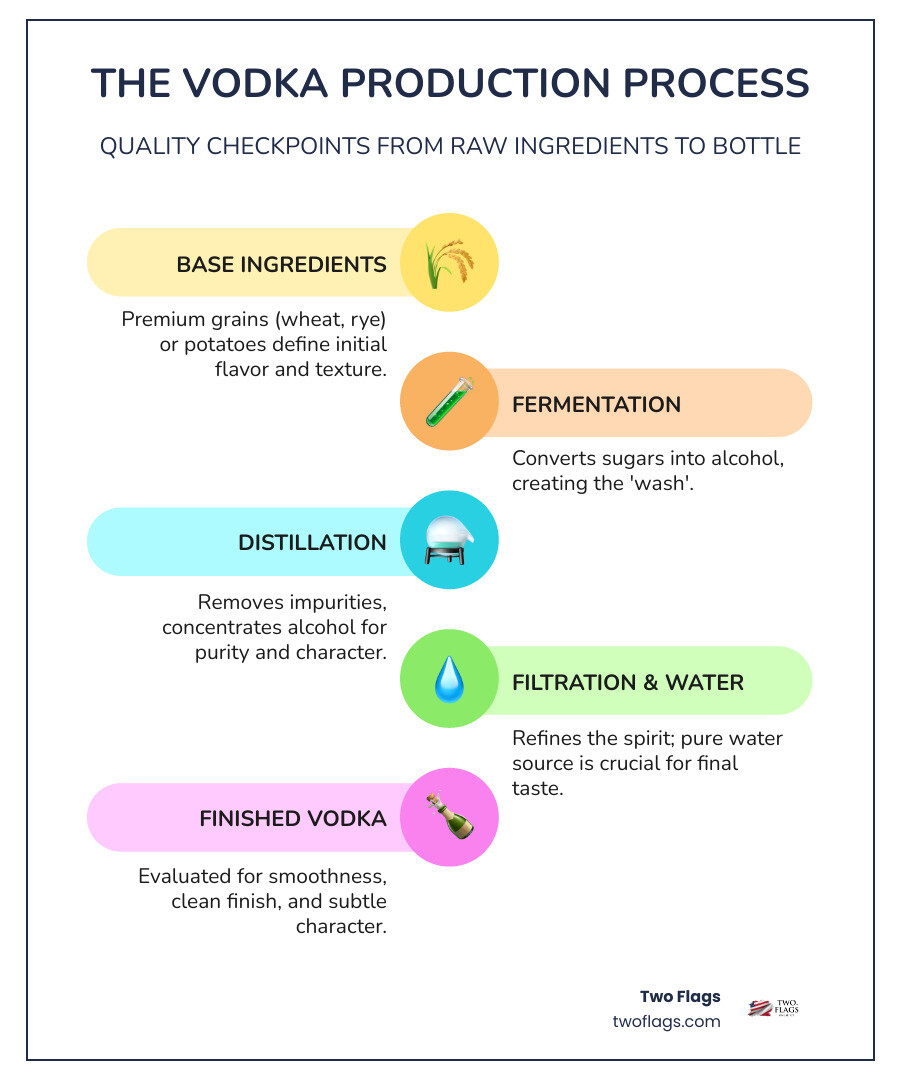
Handy What is good vodka? terms:
The Foundation of Quality: From Farm to Fermentation
Understanding what is good vodka starts in the fields, with the raw ingredients that will eventually become the spirit in your glass. Vodka is incredibly versatile and can be crafted from almost anything containing sugar or starch, including grains like wheat, rye, and corn, or classic potatoes. Even unexpected sources like grapes or quinoa can be used.
This flexibility means the base ingredient isn't just marketing speak; it genuinely shapes the final product. Think of it as the primer on a canvas—it sets the foundation for everything that follows. The fermentation process is where the magic begins, converting these raw materials into an alcoholic mash that will become your finished spirit.
For those of us committed to creating ultra-premium vodka, this is where quality control becomes critical. Using organic ingredients contributes to a cleaner, more refined final product. When you start with the finest raw materials, you're already ahead of the game.
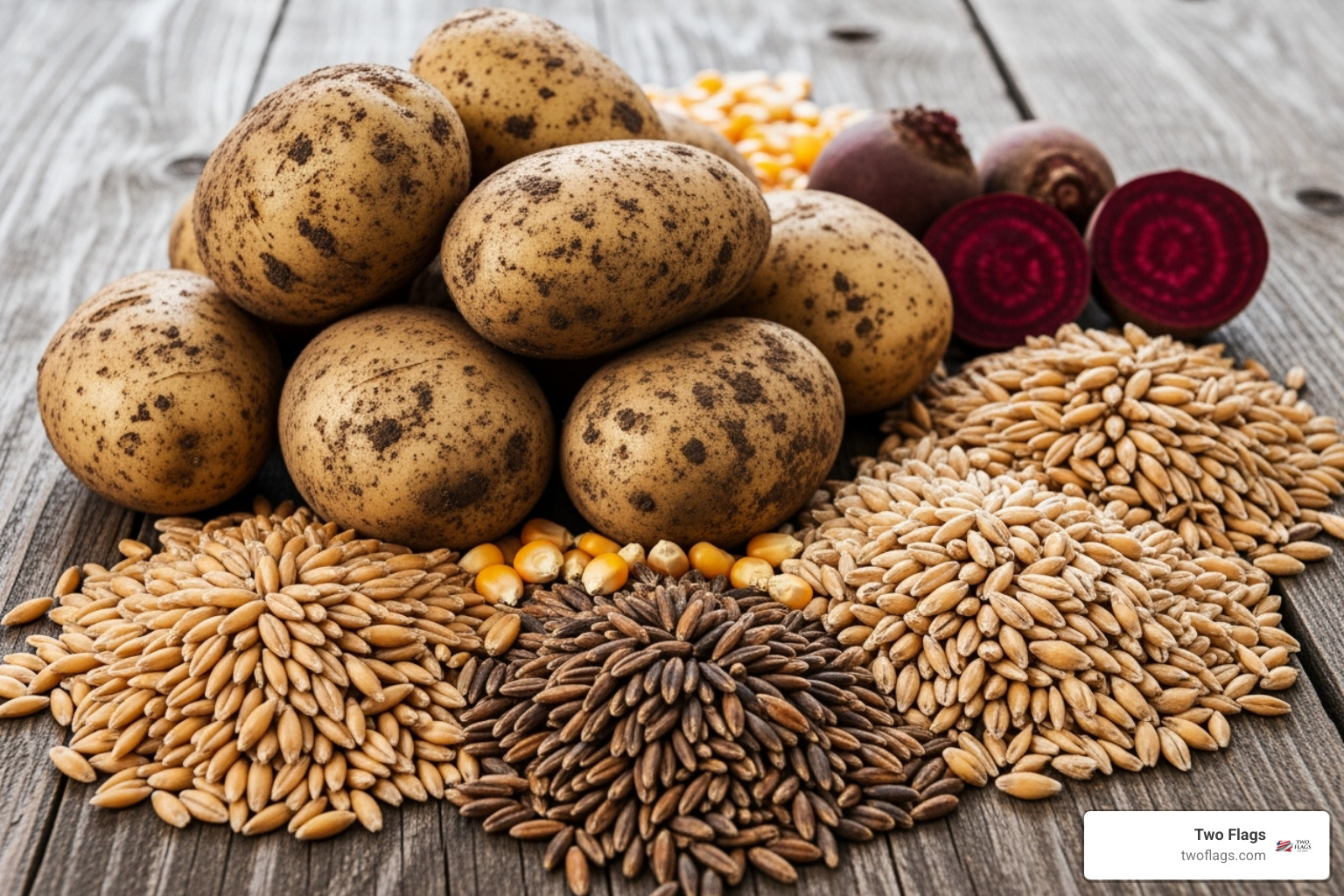
How Base Ingredients Shape the Spirit
Each base material brings its own personality to the party, creating subtle but noticeable differences in flavor, texture, and character.
For example, wheat often creates a smooth, approachable spirit with a subtle sweetness. Rye can bring peppery notes and a spiciness that adds character. Potatoes are famous for their creamy texture and fuller body, lending a velvety mouthfeel. Corn-based vodkas tend to be on the sweeter side, clean and mild.
The mouthfeel impact is where these differences really shine. A potato-based vodka might coat your tongue with a luxurious sensation, while a grain-based one could feel lighter and crisper. These aren't just subtle differences—they're what separate good vodka from the ordinary.
The beauty is in finding that perfect balance. You want enough character to make the vodka interesting, but not so much that it overwhelms. It's about creating a spirit that's both clean and expressive—neutral enough to play well with others, but with enough personality to stand on its own.
The Art of Purity: Distillation and Filtration
Once the carefully selected ingredients have fermented, distillation and filtration begin. These processes don't just purify the spirit—they shape its entire character, revealing what is good vodka.
Think of distillation as concentrating the good stuff while leaving unwanted elements behind. The fermented mash is heated, causing the alcohol to vaporize before the water. These vapors are captured and condensed back into a much purer, stronger liquid. The goal is to remove impurities without stripping away every trace of character. It's like editing a great story—you cut the clutter while keeping the soul intact.
Most vodka producers use column stills, which allow for continuous distillation and are incredibly efficient at creating a clean, pure spirit. They are excellent at concentrating flavor while removing the harsh compounds that can make vodka burn.
Here's something that might surprise you: all those marketing claims about being distilled ten times or more? Beyond three to five distillations, you're mostly paying for bragging rights. Quality over quantity is what really matters. The skill of the distiller and the quality of the original ingredients matter far more than hitting an arbitrary number.
After distillation comes filtration, where vodka is polished to perfection. Charcoal filtering is the most common method, as activated charcoal grabs onto any remaining impurities or off-flavors. The goal is always to achieve pristine smoothness.
The water source importance cannot be overstated. According to The TTB's official spirit classifications, vodka should be "without distinctive character, aroma, taste or color." But as any vodka lover knows, there's a world of difference between harsh and smooth.
Why Water is Vodka's Unsung Hero
Vodka is roughly 60% water, making it arguably the most important ingredient, yet it often gets the least attention. After distillation, the high-proof spirit is brought to proof—typically 40% alcohol by volume—by adding water. The quality of this water can make or break an otherwise perfect vodka.
Mineral content plays a huge role. Hard water can add unwanted flavors or create a harsh mouthfeel. The softness vs. hardness of water is the difference between a vodka that goes down smooth and one that makes you wince. The best producers are obsessive about their water sources, using glacial water, natural springs, or specially filtered water to achieve maximum purity and taste.
When we craft Two Flags Vodka in Poland, we know that pristine water is as crucial as our organic ingredients. That water doesn't just dilute the alcohol; it contributes to the silky mouthfeel and clean finish that defines a premium spirit.
What is Good Vodka? A Guide to Tasting and Evaluation
Now for the exciting part: learning how to identify what is good vodka for yourself. You don't need to be a professional to recognize quality. You just need to know what to look for and trust your own palate over flashy marketing.
How to Properly Taste Vodka
Properly tasting vodka is about appreciating the subtle craftsmanship in every bottle.
- The Right Setup: Choose a clean, tulip-shaped glass or a small snifter to concentrate the aromas.
- Temperature: Taste vodka slightly chilled rather than frozen. Extreme cold can mask both harsh notes and the gentle complexities that define a great spirit.
- Visuals: Hold the glass to the light. Quality vodka should be crystal clear. Swirl it and observe the "legs" that cling to the glass, which can indicate body and texture.
- Aroma: Bring the glass slowly to your nose and take gentle sniffs. Good vodka should smell clean and inviting, perhaps with hints of vanilla, citrus, or grain. A harsh chemical smell is a red flag.
- Taste: Take a small sip and let it coat your tongue. Does it feel smooth and creamy, or thin and harsh? A quality vodka should have minimal burn, allowing you to taste its subtle flavors.
- Palate Cleansing: Use plain water or a neutral cracker between tastings to reset your taste buds.

What is good vodka beyond the price tag?
Expensive doesn't always mean better. The price tag often reflects marketing budgets and fancy packaging more than quality. Focus on the fundamentals that actually impact taste.
- Look for transparency on the label. Quality producers are proud to tell you what their vodka is made from, whether it's "100% Polish rye" or "premium wheat." Vague terms like "premium spirits" should make you suspicious.
- Country of origin can be a quality indicator. Countries like Poland have strict laws governing vodka production, which often translates to more consistent quality.
- Organic certification matters. It means fewer chemicals and pesticides, resulting in a cleaner, purer final product.
- Gluten-free labeling is important for those with dietary needs and is often a sign that a producer is paying attention to detail.
Our recognition as "Exceptional" by the Beverage Testing Institute proves that quality and value can go hand in hand.
Decoding the Sensory Experience
When evaluating vodka, you're looking for a harmonious balance. The aroma should be clean and inviting, not harsh. The mouthfeel should be silky or creamy, not thin and watery. The flavor should be tastefully neutral, with subtle hints of sweetness or spice. Finally, the finish should be clean and warm, fading gracefully without a harsh burn. It's this balance of aroma, mouthfeel, flavor, and finish that defines a truly great vodka and answers the question: what is good vodka?
The Ultimate Team Player: Good Vodka in Cocktails
Here's where vodka truly shines—as the ultimate team player in your cocktail shaker. While sipping neat reveals a vodka's character, mixing showcases its versatility. What is good vodka for cocktails? It's a spirit that knows when to step back and let other ingredients sparkle and when to step forward with subtle character.
Its neutral nature creates the perfect foundation, allowing citrus, herbs, and other mixers to take center stage. This is why vodka is essential in home bars worldwide—it's incredibly forgiving and plays well with almost everything. A quality vodka provides a clean, smooth base while contributing just enough character to lift the drink. It's not about being invisible; it's about being the perfect supporting player.
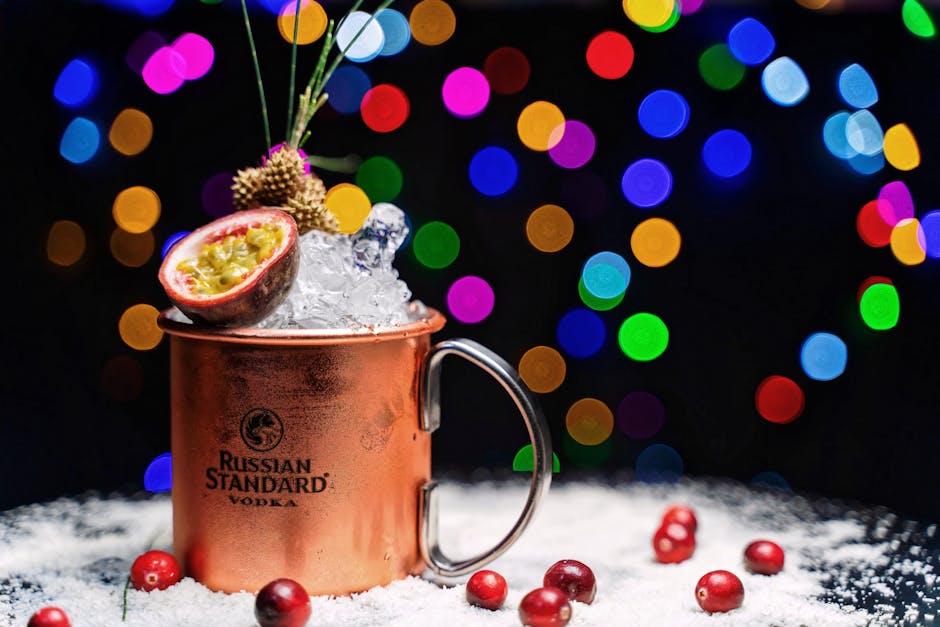
The Versatile Spirit: Why Neutrality Matters (Sometimes)
When we talk about vodka's neutrality, we're really talking about its ability to be a culinary chameleon. Like a good stock in cooking, vodka provides depth and body without overwhelming the cocktail.
For most mixed drinks, you want that clean, crisp foundation. A Moscow Mule benefits from vodka that won't fight the spicy ginger beer, and a Bloody Mary needs a spirit that improves the complex savory flavors. But neutrality doesn't mean boring. In vodka-forward cocktails, those subtle characteristics really shine. The creamy mouthfeel from quality ingredients can make a martini silkier, while a hint of a peppery finish can complement a dirty martini beautifully.
What defines good vodka for cocktails?
The answer depends on what you're making. A martini demands perfection—smooth, clean, with just enough character to make the drink interesting. You want every sip to be silky and refined.
For a Moscow Mule, you need a vodka with enough backbone to stand up to assertive ginger beer. The vodka should provide a clean, robust foundation that lets the ginger and lime shine.
Bloody Marys benefit from a vodka with a bit more body. The savory complexity of the drink welcomes a spirit with subtle character and a clean finish that won't get lost in the bold flavors.
Cosmopolitans showcase vodka's versatility differently. Here, you want something that harmonizes with cranberry and lime, providing smoothness without any harsh edges.
The common thread? Quality vodka performs consistently across different cocktail styles, adapting to each drink's needs while maintaining its own integrity.
Frequently Asked Questions about Good Vodka
Over the years, we've heard countless questions about vodka quality. Let me share some honest answers, drawing from our experience crafting Two Flags Vodka.
Does vodka have to be from Russia or Poland to be good?
Vodka's roots run deep in the "Vodka Belt" countries, especially Russia and Poland. Poland, in particular, has strict production laws requiring that Polish vodka contain only Polish grain or potato and water, and be produced entirely on Polish soil. This Polish vodka heritage contributes to a reputation for quality and authenticity.
However, quality over geography wins every time. The global craft movement has shown that exceptional vodkas can come from anywhere. What matters isn't the passport of your vodka, but the passion and skill of its makers. While geography doesn't guarantee quality, the traditions and standards from these regions often translate into better spirits.
Should I store my vodka in the freezer?
You absolutely can, and many people do. Vodka's freezing point is very low, so it becomes thick and ice-cold in the freezer. This creates a smoother mouthfeel and can mute flavors and harsh edges, making average vodkas seem more refined.
But for quality vodka, freezing can mask the subtle characteristics that make it special—the delicate grain notes, the hint of pepper, or the clean minerality. For sipping versus mixing storage, it's a personal preference. If you're making ice-cold cocktails, freezer storage is great. If you want to appreciate a vodka's nuances, try it just slightly chilled.
Is more expensive vodka always better?
This is the biggest myth in the vodka world. The simple answer is no—price versus quality don't always align.
Debunking the myth starts with understanding what you're paying for. Much of a high price tag can reflect marketing budgets and bottle design rather than the spirit itself. Celebrity endorsements and elaborate bottles increase costs without improving what's inside.
Unlike spirits that require years of aging, vodka's production timeline is shorter, meaning ingredient cost and craftsmanship value are more direct components of the final price. The Beverage Testing Institute recognized Two Flags Vodka as "Exceptional"—proving that focusing on quality ingredients and careful production creates outstanding results without inflated pricing.
How to find value comes down to looking beyond the marketing. Focus on the fundamentals: base ingredients, production methods, and actual tasting notes. Trust your palate over price tags, and you'll find that some of the best vodkas offer incredible value.
Conclusion
We've finded that what is good vodka isn't about fancy bottles or hefty price tags—it's about understanding the craft behind every drop. The journey from field to glass is defined by ingredients that matter, a process where purity meets character, and the critical role of water in achieving a smooth taste.
Perhaps most importantly, we've learned how to taste with real intention, appreciating the subtle aroma, mouthfeel, flavor, and finish that separate the ordinary from the exceptional. You can now savor the craftsmanship in every glass.
Here's a key takeaway: exceptional vodka doesn't have to cost a fortune. The best vodkas focus on quality ingredients and skilled craftsmanship rather than flashy marketing. Trust your palate over price tags, and you'll find incredible spirits that deliver both quality and value.
The most important lesson? Trust yourself. Experiment, explore, and find the vodkas that speak to your taste buds. Whether you're sipping neat or crafting the perfect Moscow Mule, what is good vodka ultimately comes down to what brings you joy.
At Two Flags, we're honored to be part of your vodka journey. Our ultra-premium, organic, gluten-free vodka represents everything we've discussed—authentic Polish craftsmanship, quality ingredients, and meticulous attention to detail. That "Exceptional" rating from the Beverage Testing Institute isn't just a badge; it's proof that luxury and value can coexist beautifully.
Ready to explore more premium options? Find premium vodka brands and continue your vodka education. Here's to finding the extraordinary in every glass!


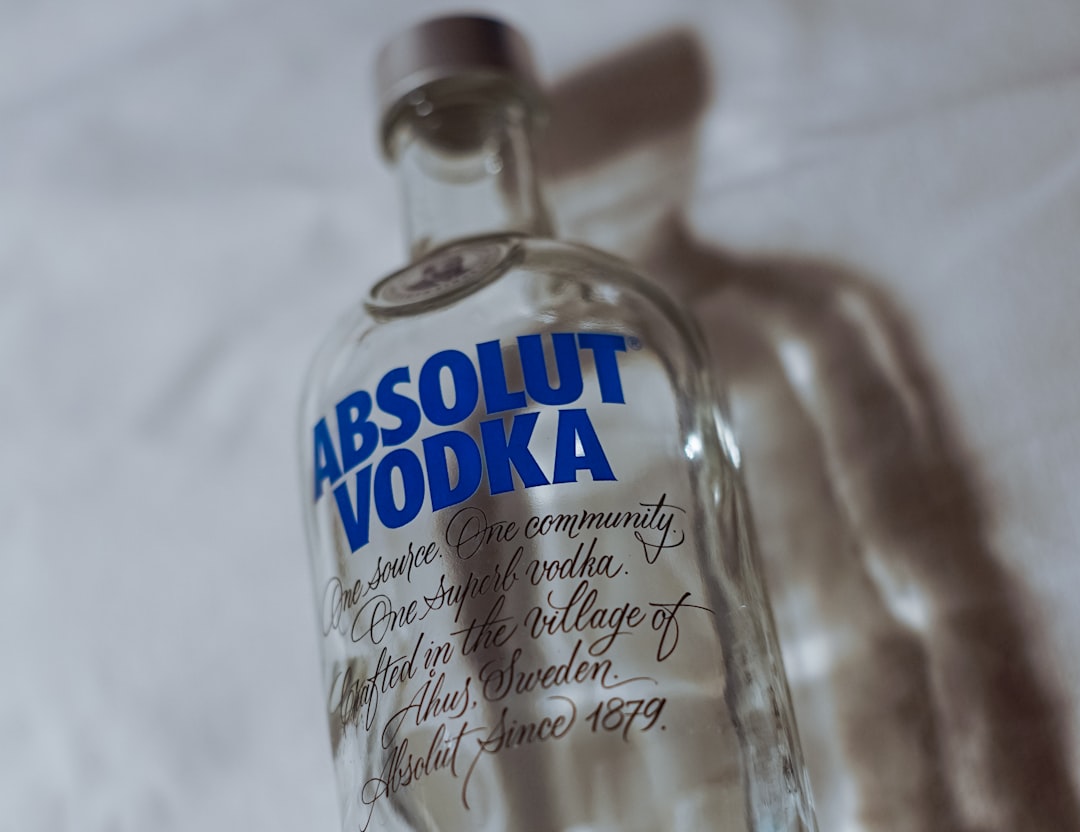
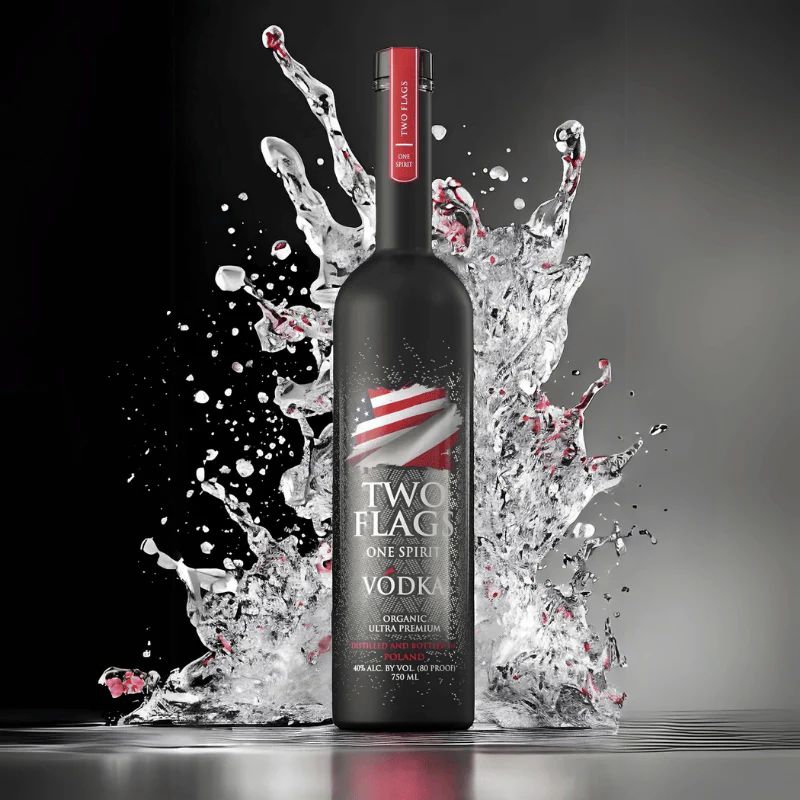
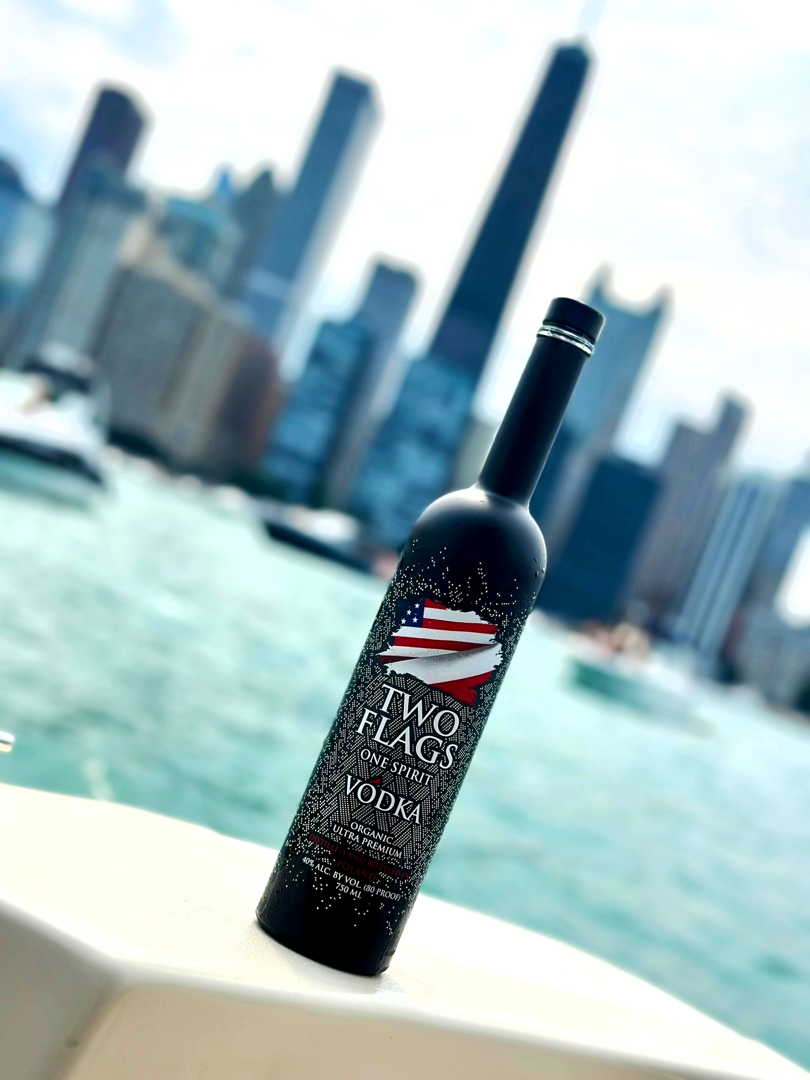
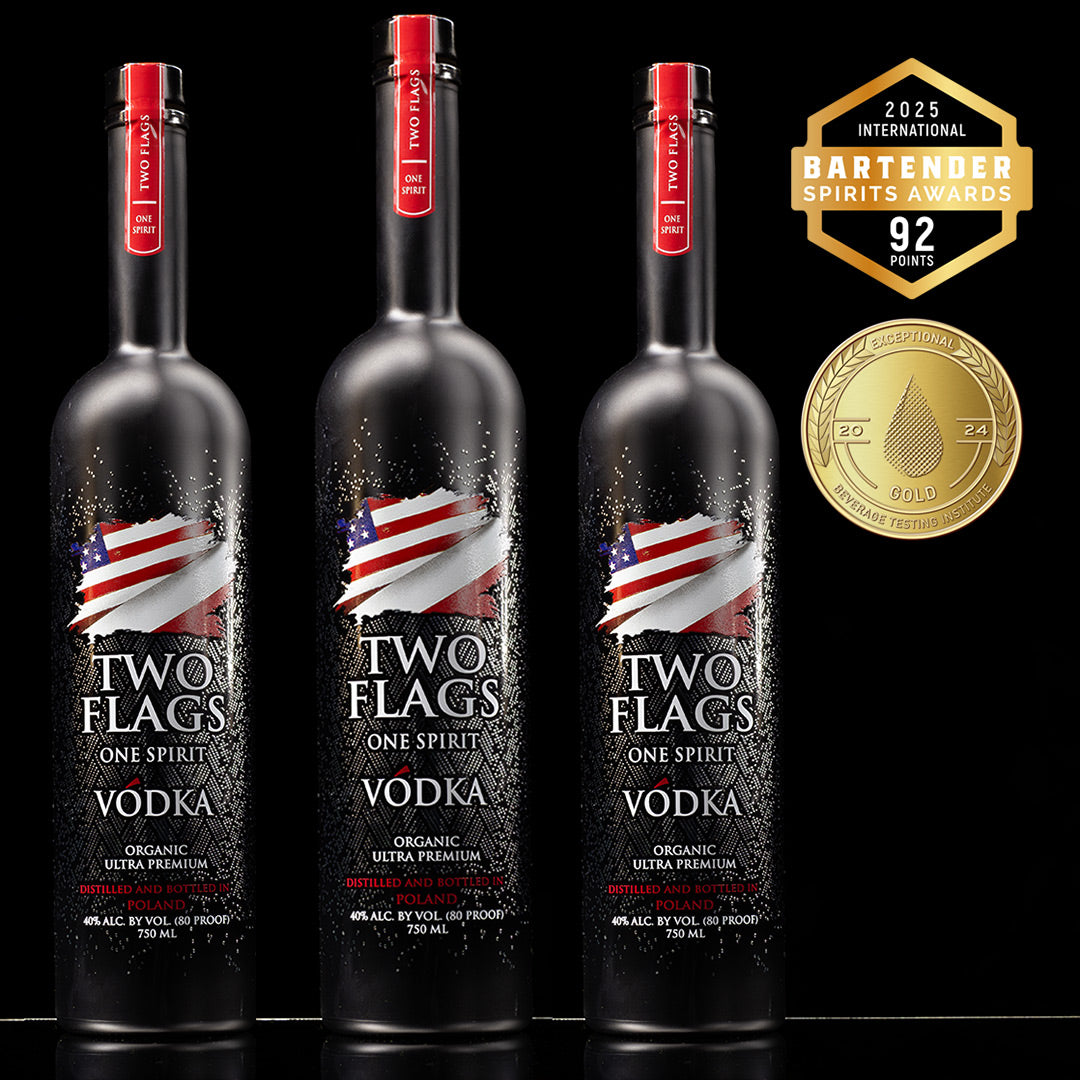
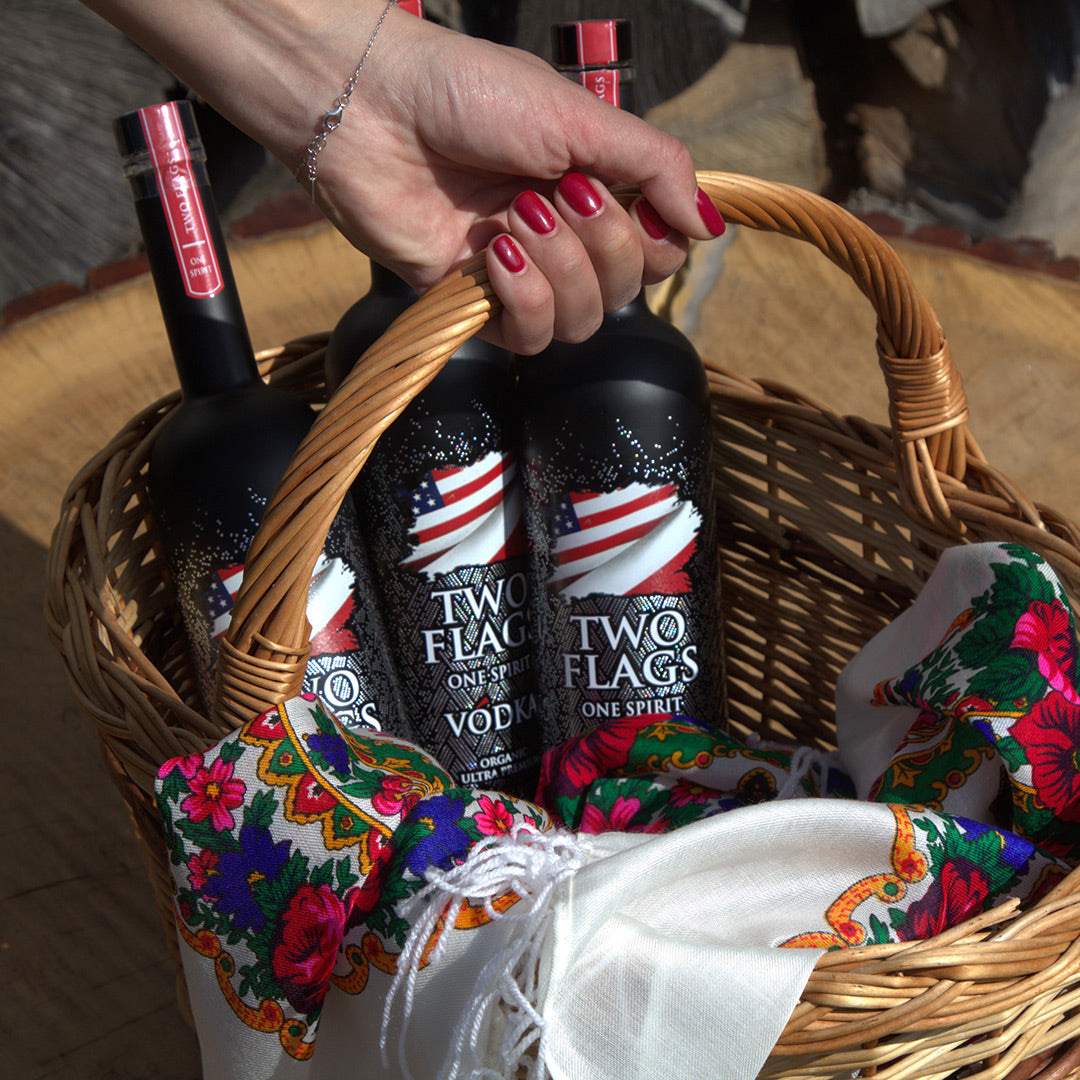
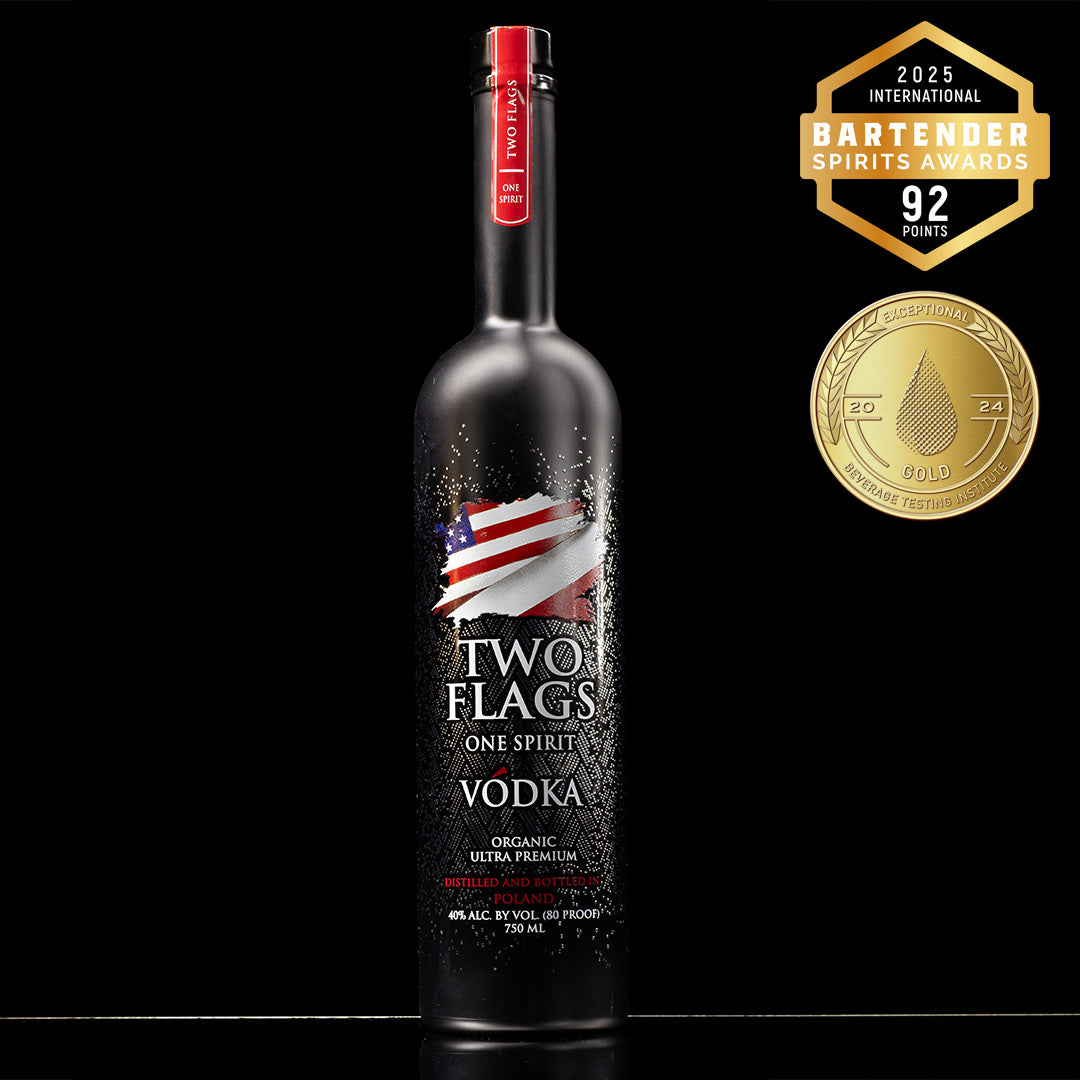
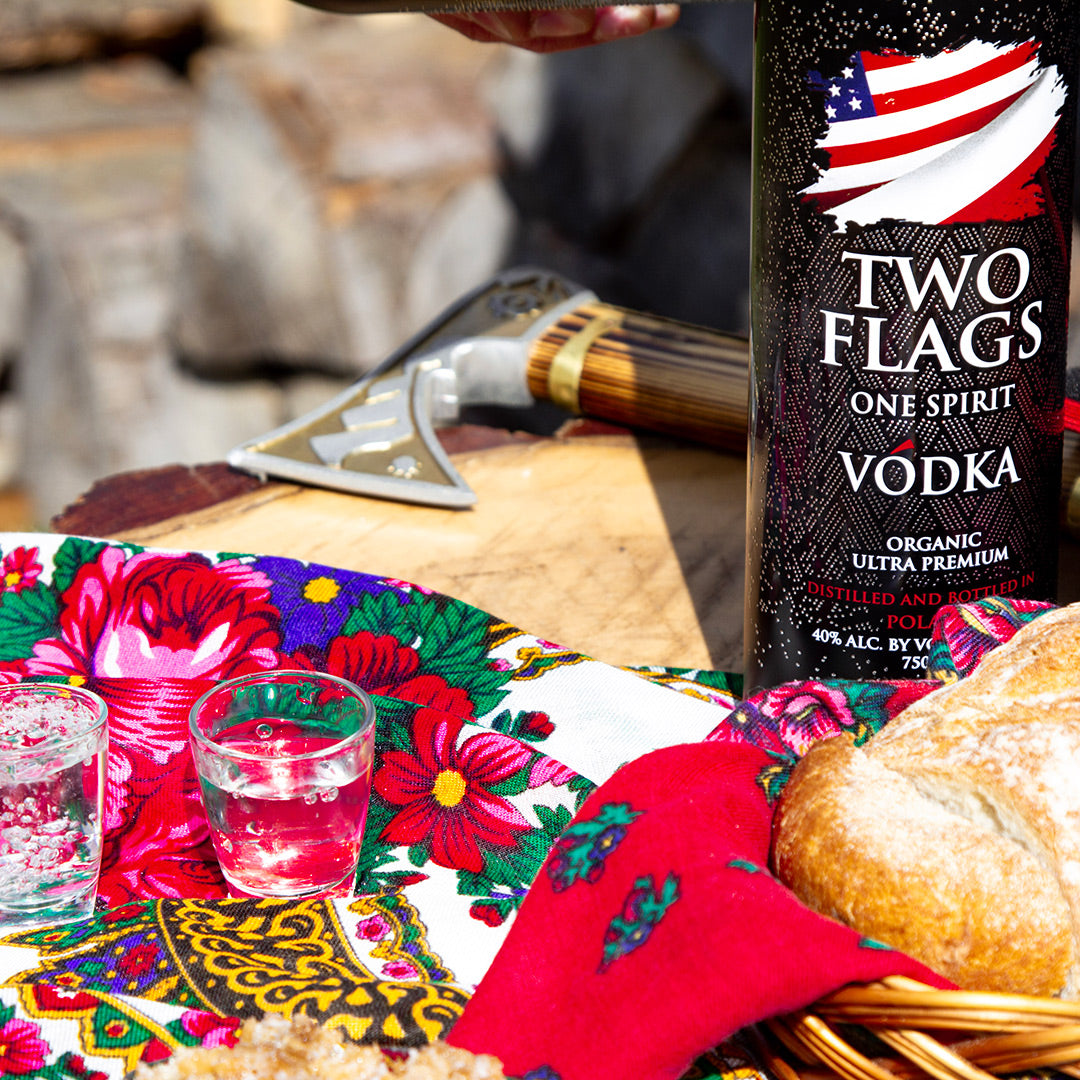
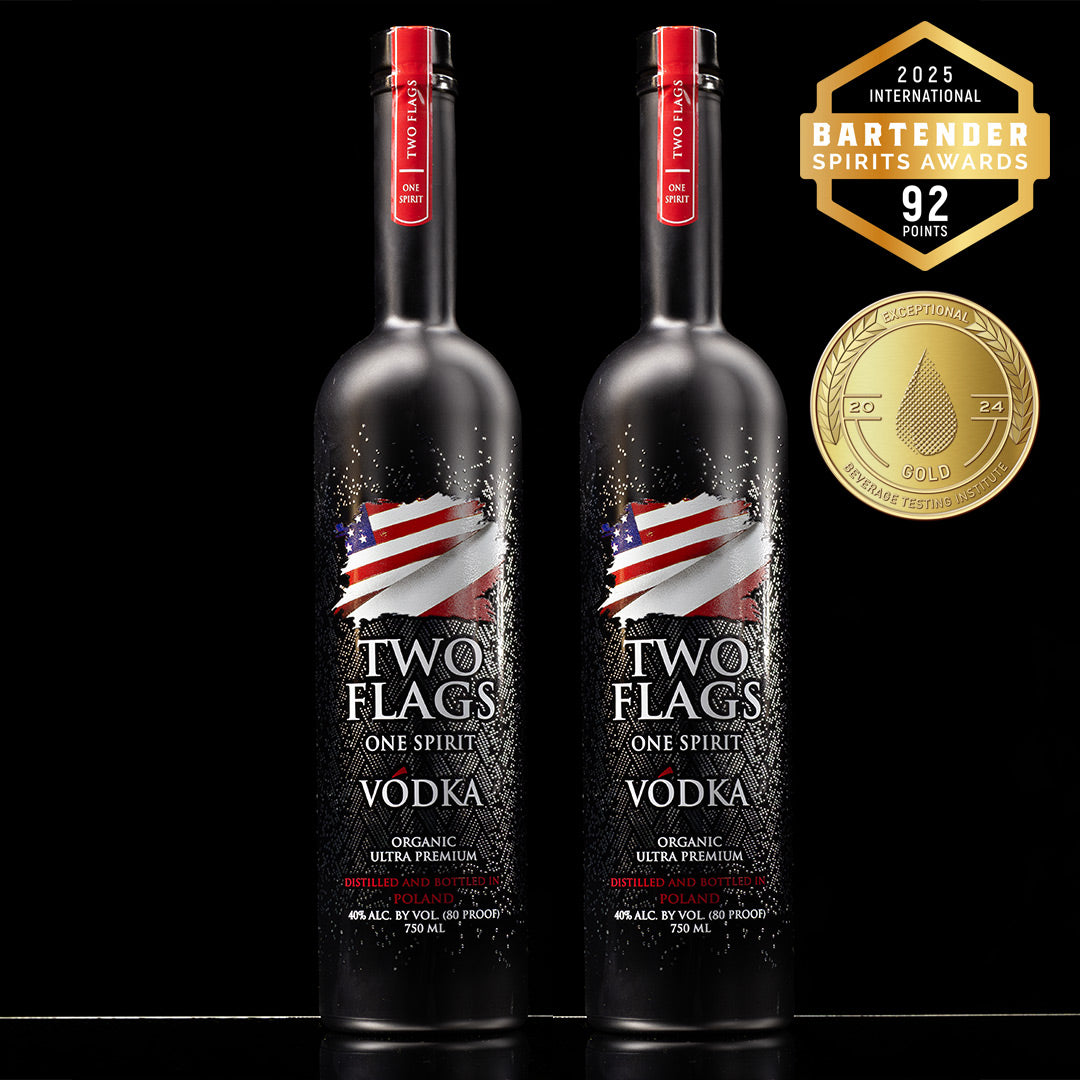
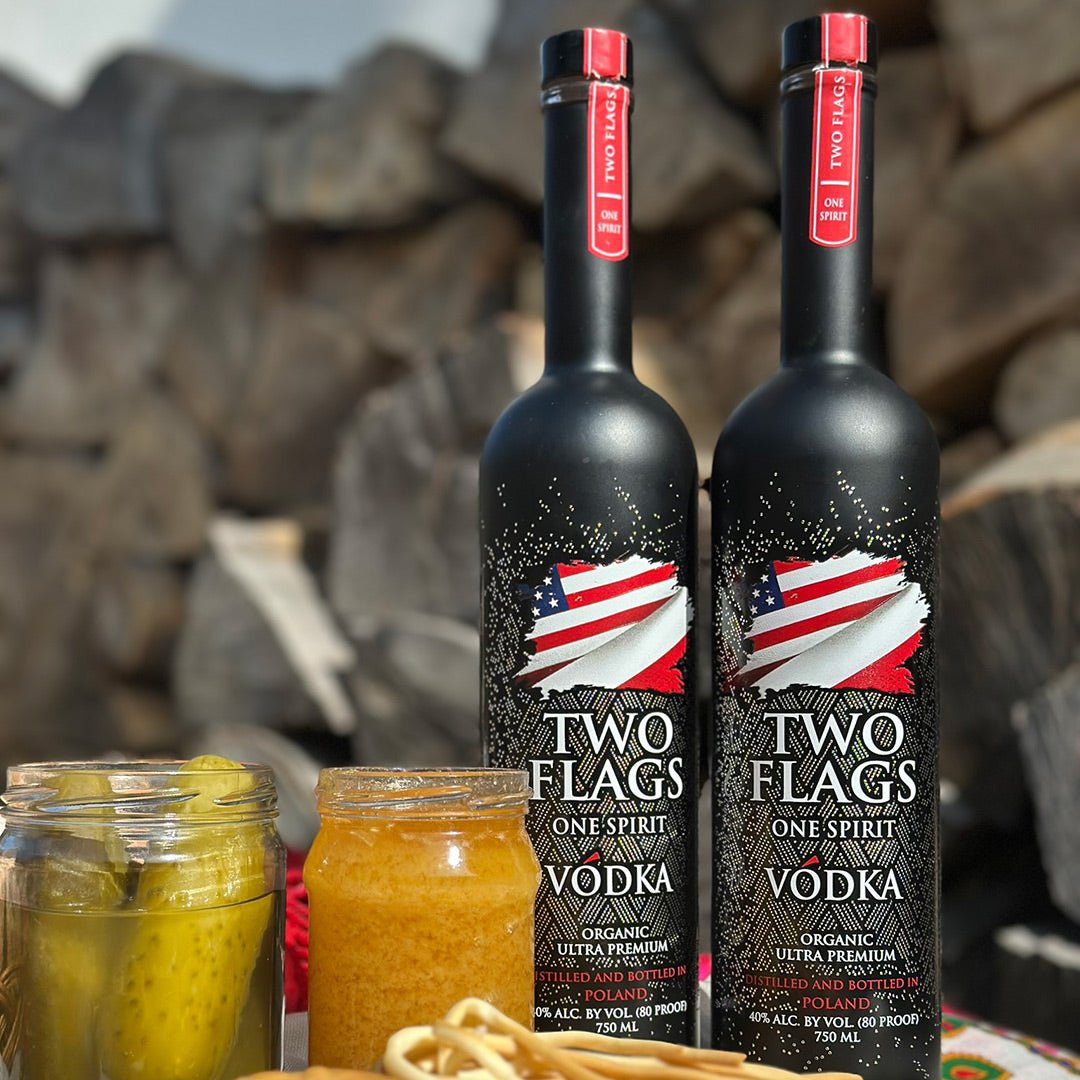
Zostaw komentarz
Ta strona jest chroniona przez hCaptcha i obowiązują na niej Polityka prywatności i Warunki korzystania z usługi serwisu hCaptcha.